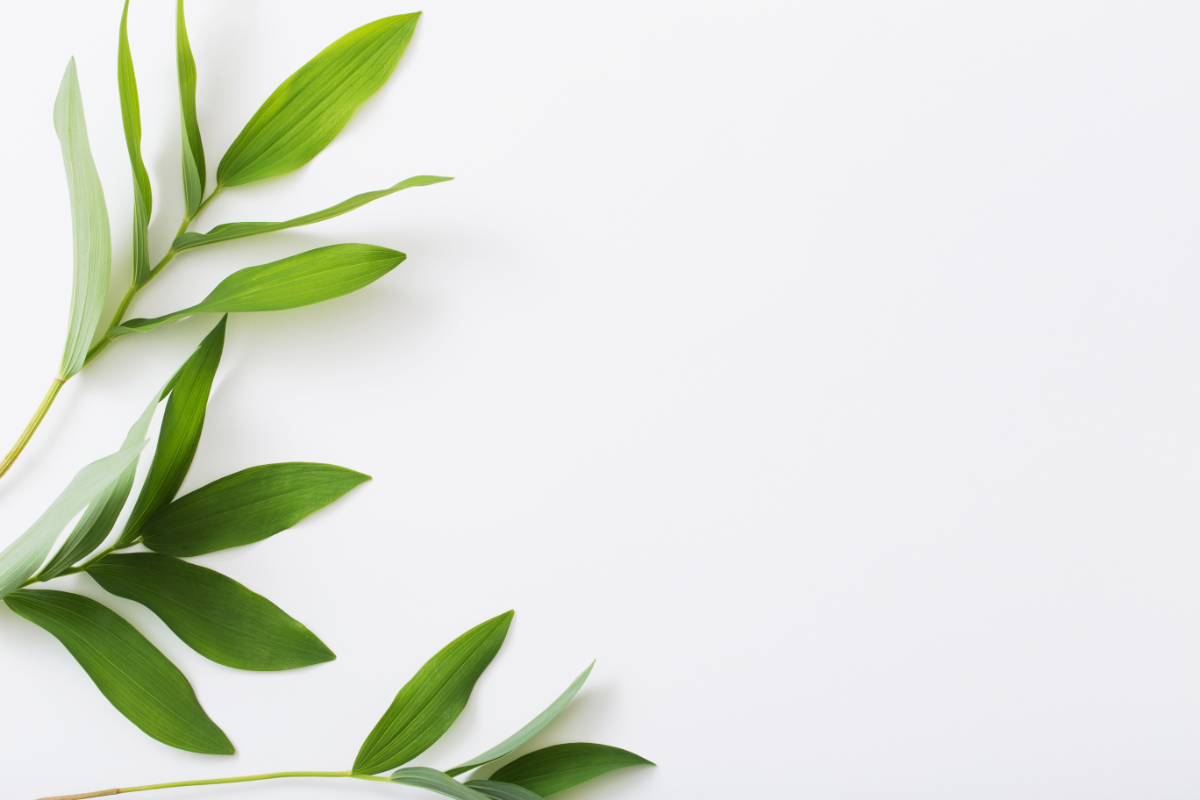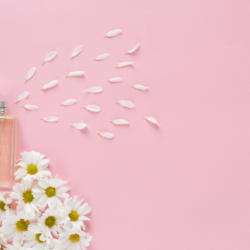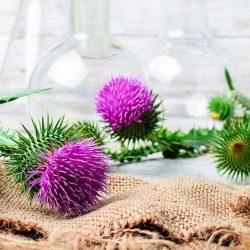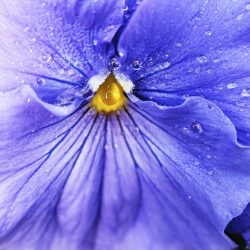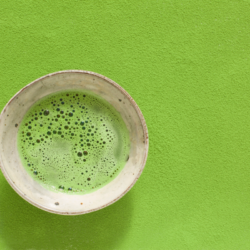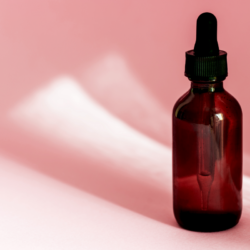Floral waters have been around for thousands of years. They have been highly prized ever since distillation first appeared. In fact, the very purpose of distillation in the 13th century was to create hydrolats, not essential oils. The trend has reversed over the years, with essential oils being more concentrated, but hydrolats remain a key product in our bathrooms, each with their own properties. As for essential oils, check out our article on the new recommendations.
There are as many hydrolats as there are flowers, we’ll leave you to imagine… So we know that it can be difficult to find your way around and easy to get a bit lost when it comes to choosing THE right floral water that will reveal our skin in its most beautiful light. Hello Gorgeous!
If your heart is set on rose, cornflower or lavender, or if you’re just too lazy to make the comparison, no problem, we’ve got you covered.
Floral waters or hydrolats: what are they?
First of all, a bit of background (don’t thank us). Floral waters, also known as hydrolats, are a by-product of essential oil production. This separation of water and oil is achieved by distillation. Distillation involves boiling water in a still with flowers. The volatile odorous substances are carried by the steam into a long refrigerated coil where they condense.
The virtues of floral waters depend on the flower distilled. Less concentrated than essential oils, they can be applied directly to the skin.
Floral waters, also known as hydrolats, have a rich and fascinating history, rooted in the traditions of cosmetics and traditional medicine. Their use dates back thousands of years, when they were prized for their therapeutic and beauty properties.
The beginnings in Ancient Egypt and Persia
The history of floral waters begins in Ancient Egypt and among the Persians, where they were used for their soothing and refreshing properties. The Egyptians, for example, used rose water for its benefits for the skin and its bewitching fragrance.
Distillation in the Middle Ages
In the Middle Ages, the distillation technique developed, making it possible to extract the essence of flowers more efficiently. During this period, floral waters became increasingly popular in beauty rituals and medicinal practices.
The modern era
In the modern era, floral waters gained popularity in the cosmetics industry thanks to their gentle nature, delicate fragrance and multiple benefits for the skin. Their use has diversified, from skin toning to aromatherapy relaxation.
The most common floral waters
Cornflower floral water
Cornflower floral water is certainly one of the most widely used. In fact, this hydrosol has many benefits. As a decongestant, cornflower hydrosol soothes swollen or irritated eyes. Cornflower is also very effective in cases of irritation. Perfect for skin prone to redness, this floral water has an anti-inflammatory and astringent action.
Lavender floral water
“Oh Bonne Mère les senteurs du Sud” (please read with the accent). This Provence-scented hydrosol has multiple benefits for your skin. Purifying, soothing, cleansing: we recommend it if you have oily skin with imperfections. This highly prized floral water also heals and soothes sunburn. Ideal if you live near the Mediterranean ;).
Rose floral water
Rose water, surely the most feminine of waters. The timeless one. In cosmetics, the two predominant varieties are Damask rose and Centifolia rose. It has multiple virtues: regenerating and antibacterial, it tightens pores, smoothes and revitalises the skin. It is therefore very useful in cases of acne, thanks to its healing properties.
Witch hazel floral water
This hydrosol has vasoconstrictor and astringent properties that help relieve heavy legs and varicose veins. And that, ladies, is 100% valid. This floral water also soothes eczema, inflammations and certain skin irritations (definitely not to be used in cases of rosacea! in the same way as alcohol, essential oils, perfumes… )
Floral waters according to your skin type
To give you a little guidance, here’s a summary of the floral waters to choose according to your needs and skin type:
- Dry and/or reactive skin: Damask rose, chamomile, cornflower, orange blossom, witch hazel.
- Oily skin with imperfections: lavender, rose centifolia, helichrysum, cypress, bamboo, lemon, geranium, peppermint, tea tree, green tea.
- Mature skin: witch hazel, Damask rose, rockrose, helichrysum/immortelle.
How to use floral waters?
It’s not enough to choose the right floral water, you also need to know how to use it correctly. Here are a few tips on how to get the most out of your floral water.
As a tonic
One of the most common uses for floral waters is as a toner. Apply your toner after cleansing to prepare your skin for other treatments. You can use organic cotton wool, washable cotton wool or apply it directly with your hands.
As a moisturising mist
Floral waters also make excellent moisturising mists. They can be applied throughout the day to refresh and moisturise the skin.
Can floral waters be used to cleanse children?
Yes, floral waters can be used to cleanse children because they are gentle and less concentrated than essential oils. They are reputed to be gentle on the skin and can help to soothe and refresh children’s skin. However, it is important to choose pure, natural floral waters, and always test on a small area of skin to check for allergic reactions. It is also advisable to consult a paediatrician or health professional before using new products on children’s skin.
Floral waters and aromatherapy: a beneficial duo for well-being
Floral waters, with their delicate aromas and soothing properties, have a special place in the field of aromatherapy. Used to harmonise mental and physical well-being, they offer a gentle alternative to essential oils. For example, lavender floral water, renowned for its relaxing properties, can help reduce anxiety and promote restful sleep. Diffused, sprayed or even added to bath water, they create a serene, soothing atmosphere, conducive to relaxation and stress reduction. The use of floral waters in aromatherapy is part of a holistic approach to well-being, contributing to a balance between body and mind.
In a nutshell
There are many different hydrolats, each with its own benefits. So it’s important to target your needs so you know which hydrolat to choose. Another important point is the scent! As some floral waters share the same virtues, you can choose the one with the scent you like best. Don’t forget that this is a product you’re going to apply to your face and/or body. So don’t neglect this aspect, because it would be a shame for your water to end up at the bottom of a drawer (we plead guilty).
The most important thing is to choose a hydrosol that’s suited to your skin type, so it’s important to know your skin type, but above all to enjoy applying your skincare product.
Finally, we’d like to draw your attention to your choice of floral waters, or rather their composition. Your skin deserves the best, and so it deserves organic and natural products. Floral waters are the most natural products possible (water and flowers couldn’t be simpler), so make sure you don’t add too many unnecessary chemicals. What’s more, bacteria are particularly fond of aqueous environments, so if possible, keep your floral water in the fridge, away from light, and check its expiry date regularly.
What’s the difference between hydrosols and essential oils?
The main difference between a hydrolat and an essential oil lies in their production method and concentration. A hydrolat, or floral water, is the product of steam distillation of plants, and contains the plant’s water-soluble compounds. It is less concentrated and generally milder than essential oil. An essential oil, on the other hand, is a concentrate of the plant’s fat-soluble compounds, obtained by distillation or expression. It is more powerful and often needs to be diluted before use. Hydrolats are therefore gentler and more suitable for direct use on the skin, while essential oils are stronger and used for more intensive treatments.
How do I make a moisturising mist at home?
Floral waters, nature’s treasures, are precious allies for our well-being and beauty. Rich in beneficial properties, they are perfect for concocting personalised, natural skin care products. In this segment, we’ll explore simple and effective DIY recipes using floral waters, allowing you to create your own skincare products at home. Whether it’s to soothe, tone, moisturise or even delicately scent your skin, these recipes are an ideal way to incorporate the softness and benefits of flowers into your daily routine.
Soothing Rose Toner
Ingredients:
- Rose floral water: 100 ml
- Aloe vera gel: 2 tablespoons
- Lavender essential oil (optional): 2-3 drops
Instructions for use:
- Mix the rose floral water with the aloe vera gel in a bottle.
- Add a few drops of lavender essential oil for its soothing properties and relaxing fragrance.
- Shake the mixture well and apply to your face with a cotton pad after cleansing.
Cornflower moisturising mist
Ingredients :
- Cornflower floral water: 100 ml
- Mineral or distilled water: 50 ml
- Vegetable glycerine: 1 teaspoon
Directions for use:
- Mix the cornflower floral water with the mineral water in a spray bottle.
- Add vegetable glycerine for an extra moisturising effect.
- Use this mist throughout the day to refresh and moisturise your skin.
These DIY recipes are a great way to enjoy the benefits of floral waters while having fun creating your own beauty treatments. They can be customised to suit your needs and preferences, and add a natural touch to your skincare routine.
FAQ
1. Can floral waters be used on all skin types? Absolutely! Each water has specific properties that can benefit different skin types.
2. When is the best time to apply a floral water? That depends on how you use it. As a toner, it’s best to apply it after cleansing the skin.
3. Can I use several floral waters at the same time? Yes, you can combine them to take advantage of their varied benefits.
4. Do floral waters have an expiry date? Yes, like all cosmetic products, they have a limited shelf life. Always check the expiry date before use.
5. Are floral waters natural? Most are natural and contain no chemical additives. However, it’s always best to read the labels to be sure.
6. Can floral waters replace my moisturiser? Although they are moisturising, they do not replace a moisturiser. They can be used as a complement to your skincare routine.

